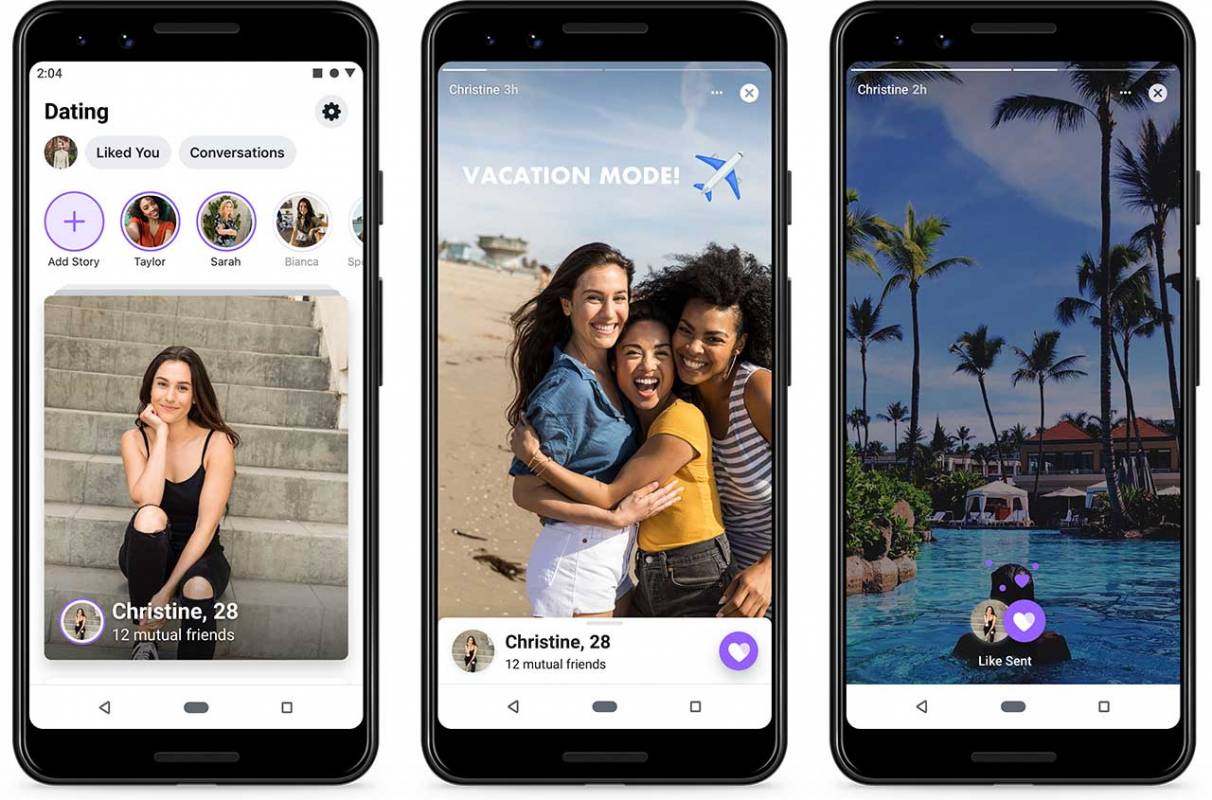

The weirdly stranger-free dating world that Millennials have created provides the backdrop for a new book titled, revealingly, The Offline Dating Method. And less chatting with strangers means less flirting with strangers. Millennials have, in other words, enjoyed unprecedented freedom to opt out of live or in-person interactions, particularly with people they don’t know, and have frequently taken advantage of it.

In the years since, app dating has reached such a level of ubiquity that a couples therapist in New York told me last year that he no longer even bothers asking couples below a certain age threshold how they met. Suddenly dates too (or sex, or phone sex) could be set up without so much as a single spoken word between two people who had never met. And in 2013, when the oldest Millennials were in their early 30s, Tinder became available to smartphone users everywhere. (Today, Seamless entices new customers in New York City with ads in subway cars that emphasize that by using the service, you can get restaurant-quality meals without having to talk to anyone.) Smartphones, introduced in the late 2000s, helped fill the bored, aimless downtime or waiting-around time that might induce strangers to strike up a conversation. Seamless and food-delivery apps like it, which took most of the interactions with strangers out of ordering takeout food from restaurants, emerged in the mid-2000s. By the time that first crop of “stranger danger” kids was in middle and high school, caller ID and automated customer service had made it easy to avoid talking to strangers on the telephone. In 1979, two years before the oldest Millennials were born, the disappearance of 6-year-old Etan Patz while he was walking to a school-bus stop by himself gave rise to the popular parenting philosophy that children should be taught never to talk to strangers. In all of modern human history, it would be difficult to find a group of adults more serendipitously insulated from contact with strangers than the Millennials.


 0 kommentar(er)
0 kommentar(er)
